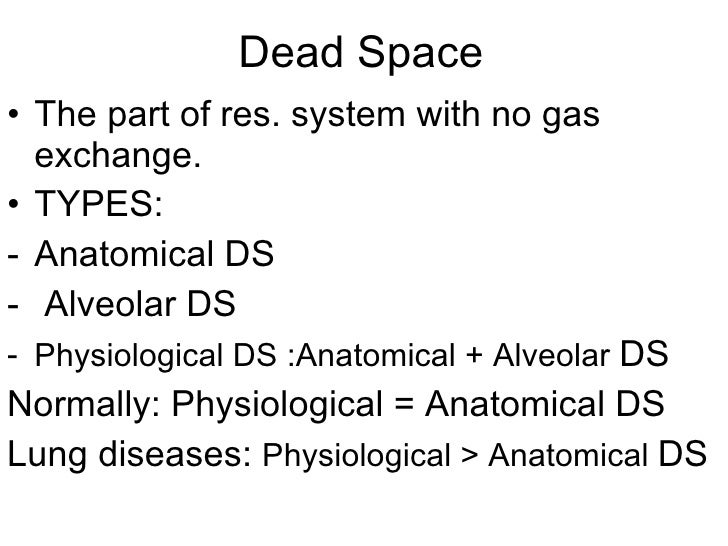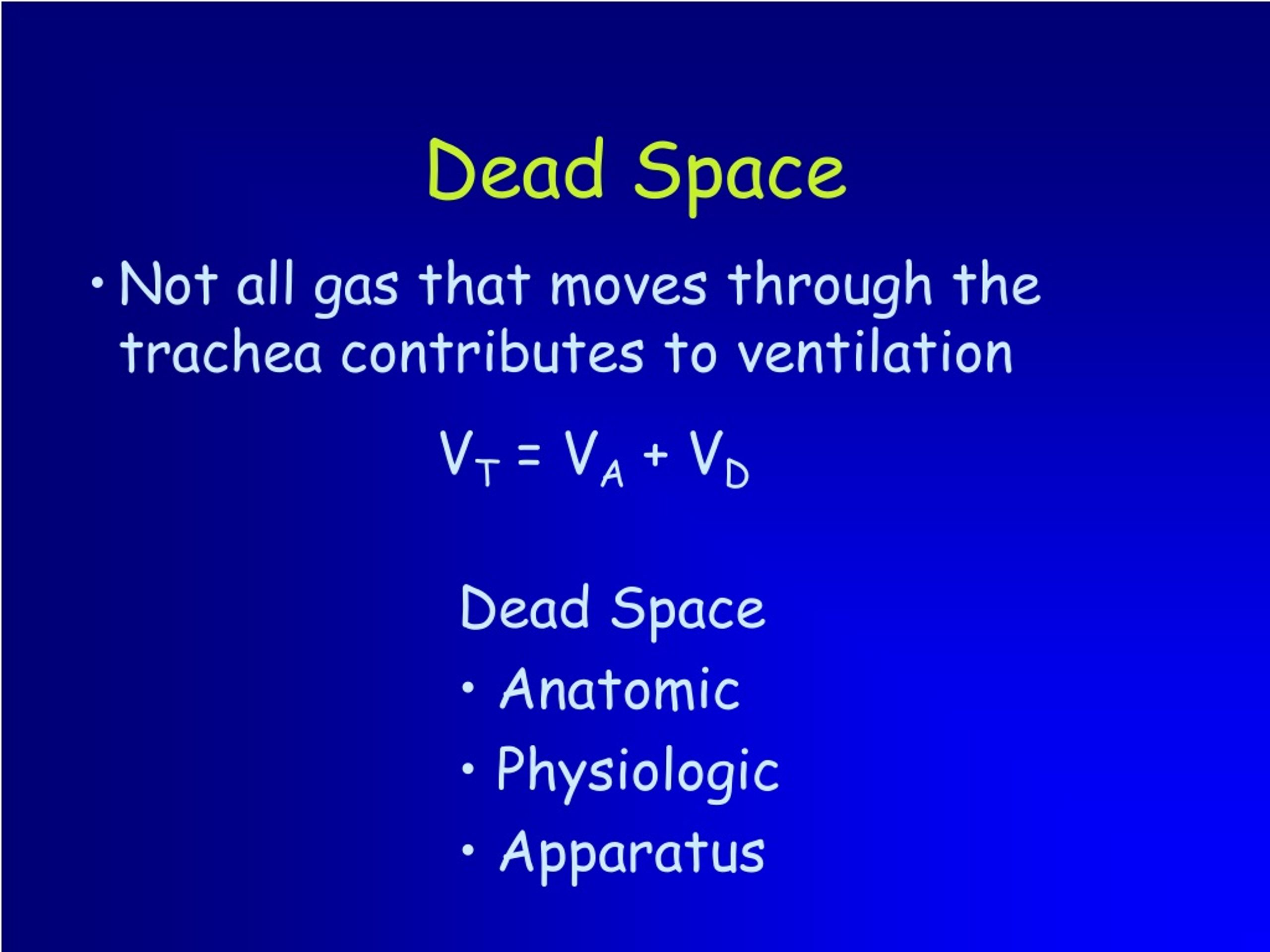

This contains both I and E (expiratory) neurons, and it is active in forced breathing.

The VRG (ventral respiratory group) are also found in the medulla.They are active in every breath, whether quiet or forced.




This contains both I and E (expiratory) neurons, and it is active in forced breathing.

The VRG (ventral respiratory group) are also found in the medulla.They are active in every breath, whether quiet or forced.

